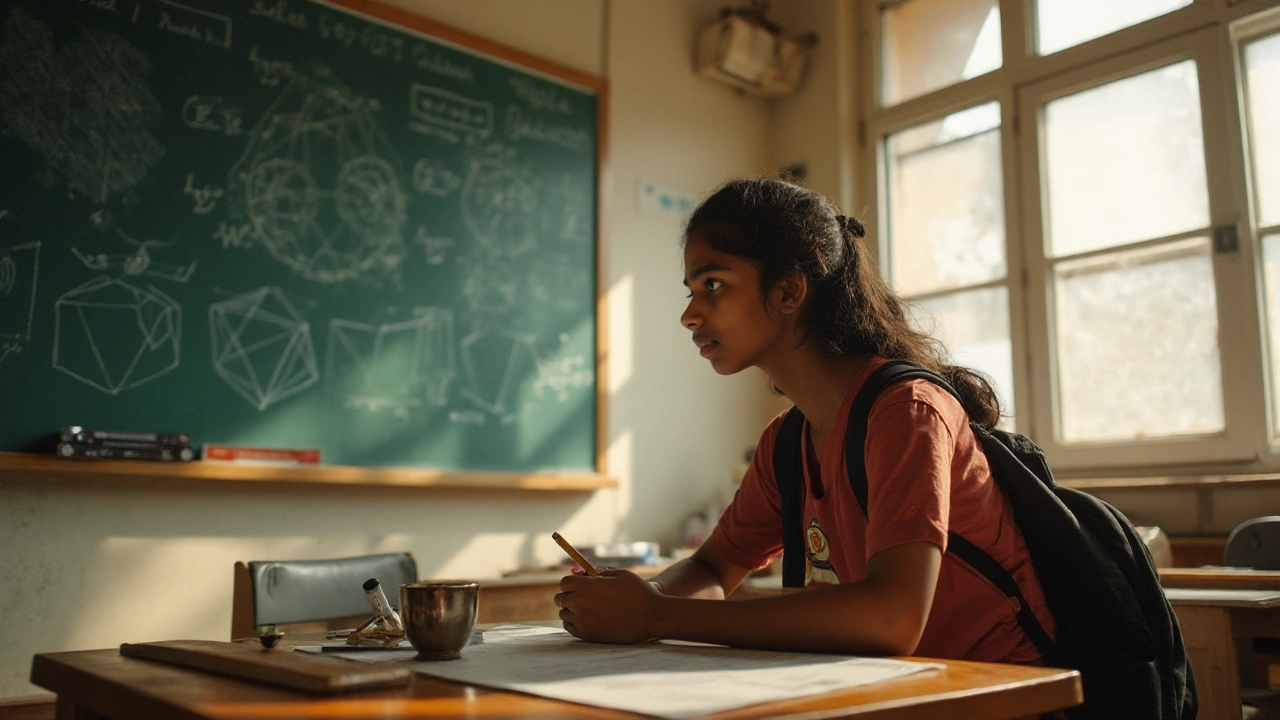
International Mathematical Olympiad: What It Is and How to Crack It
If you love solving tough puzzles, the International Mathematical Olympiad (IMO) is the biggest stage for high‑school math talent. Every year the best students from over 100 countries meet in a host city, tackle six challenging problems, and battle for medals. The competition isn’t just about raw skill; it’s about creativity, persistence, and the right preparation.
In India, the IMO team is chosen through a series of exams that start with the National Mathematics Olympiad (NMO) and end with the Pre‑Selection Test (PST). Only a handful of students make it to the International round, so knowing the process helps you plan each step.
How India Chooses Its IMO Team
The journey begins with the Pre‑Regional Mathematics Olympiad (PRMO). About 200,000 students sit for it, and the top 30‑40 from each state move on to the Regional Mathematics Olympiad (RMO). From the RMO, about 30‑35 students across the country qualify for the National Mathematics Olympiad (NMO).
Scores from the NMO feed into the Indian National Mathematical Olympiad (INMO). The INMO is a two‑hour paper with six proof‑based questions. Roughly 30 students with the highest marks are invited to the Pre‑Selection Test (PST). The PST is a three‑day camp where participants solve additional problems and attend intensive training. Finally, the top six performers earn a spot on the IMO team, and two alternates are named.
Each stage tests not only knowledge but also problem‑solving style. The key is to practice proof writing, learn to explain reasoning clearly, and get comfortable with time pressure.
Smart Ways to Prepare for the IMO
Start early. Most successful IMO participants begin serious prep in 9th or 10th grade. Build a strong foundation in algebra, geometry, number theory, and combinatorics. Use textbooks like “Problem‑Solving Strategies” by Engel or the classic “Art of Problem Solving” series.
Practice with past IMO and INMO papers. Solve a problem, then spend at least 15 minutes writing a full proof, even if you’ve already found the answer. Compare your solution with official solutions to spot gaps in logic or notation.
Join a study group or a local math club. Discussing problems with peers forces you to see alternative approaches. If you can’t find a group, online forums such as AoPS provide a vibrant community where you can post solutions and get feedback.
Schedule regular mock tests. Simulate exam conditions: no calculators, strict time limits, and a quiet environment. After each test, review every mistake, understand why the right solution works, and note any recurring themes.
Don’t ignore the mental side. The IMO can be stressful, especially during the final hours. Practice mindfulness or simple breathing exercises before each session to stay calm. Remember that a single tough problem won’t ruin your score; balance your time and move on if you’re stuck.
Finally, keep the excitement alive. Treat each problem as a puzzle you want to crack, not a hurdle. When you enjoy the process, you’ll naturally spend more time thinking creatively, which is exactly what the IMO rewards.
With a clear roadmap—understand the selection stages, master core topics, practice deliberately, and stay mentally fit—you’ll give yourself the best shot at representing India on the world stage. Good luck, and may your proofs be elegant and your solutions brilliant!
